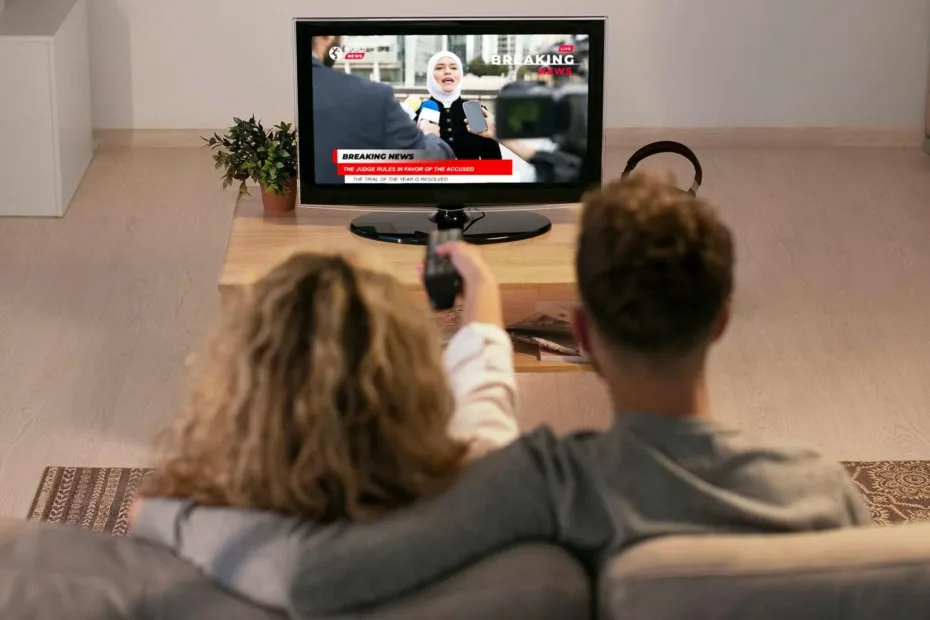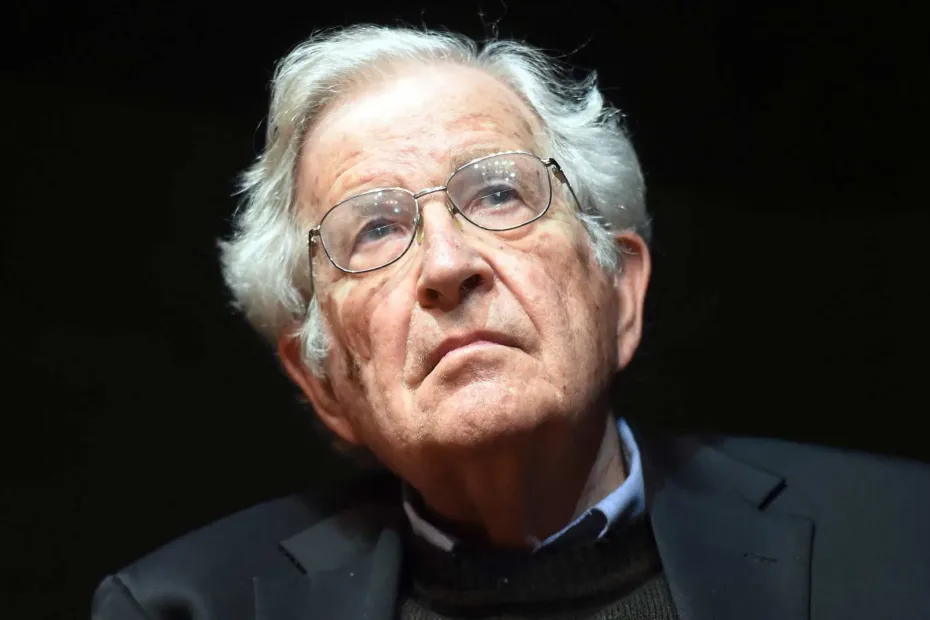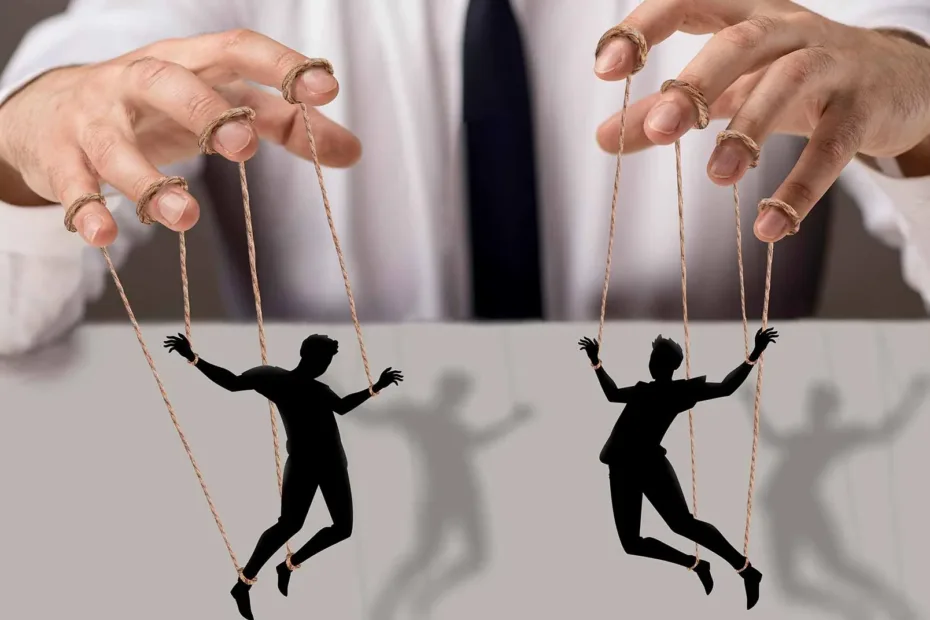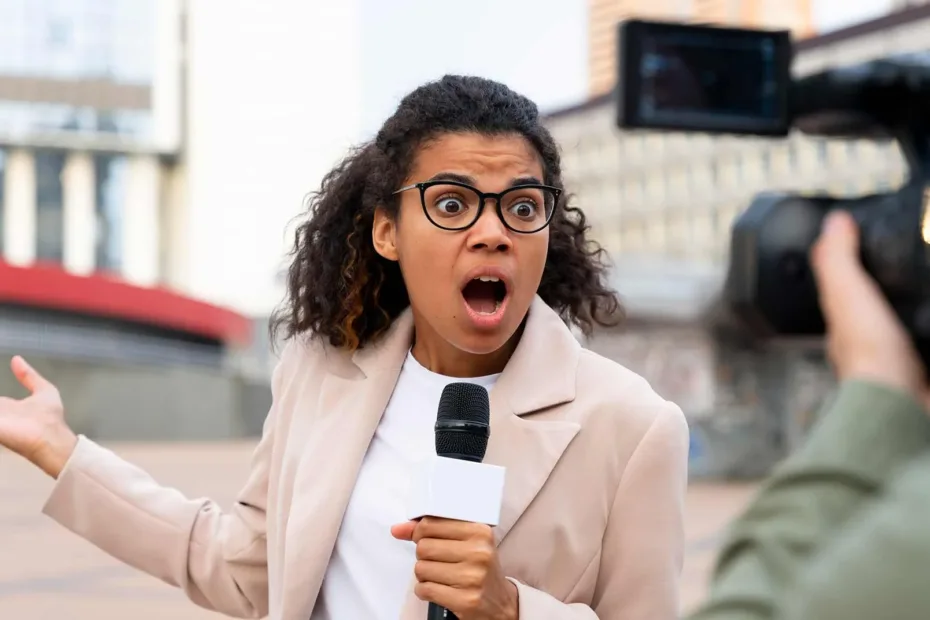Phenomenology | Media Consumption & Experience
Phenomenology is a concept that looks at how individuals interpret the world. Emphasising subjective experiences and it seeks to understand the essence of personal experience in an activity, making it a pivotal concept for understanding human communication and media interactions.









